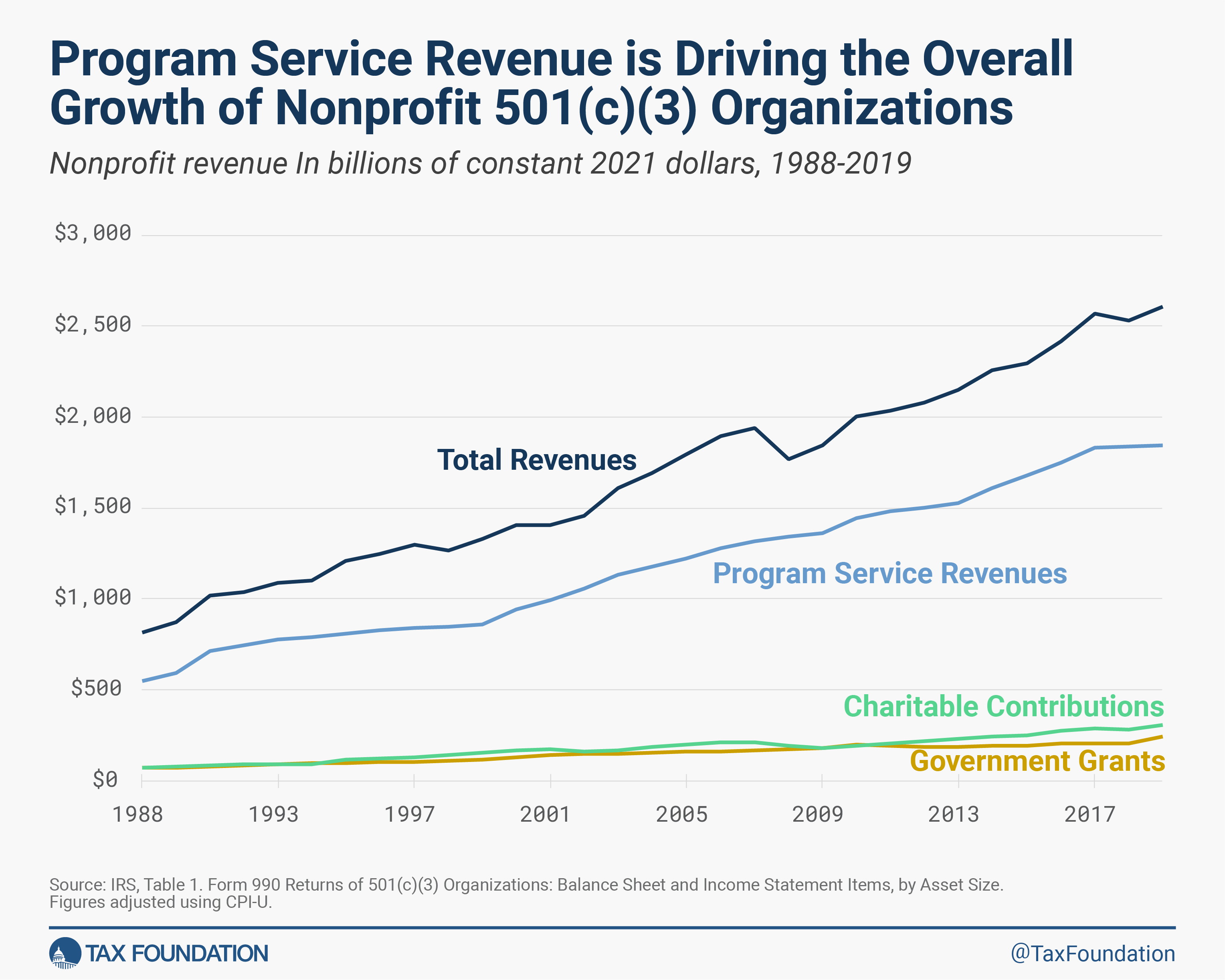Bristol-Myers Squibb Co. v. Xspray Pharma AB Sprycel®/Dasynoc® (Dasatinib) | Robins Kaplan LLP
Case Name: Bristol-Myers Squibb Co. v. Xspray Pharma AB , No. CV 22-964 (RMB/MJS), 2023 WL 3354261 (D.N.J. Apr. 25, 2023) (Bumb, J.)
Drug Product and Patent(s)-in-Suit: Sprycel®/Dasynoc® (dasatinib) U.S. Patents Nos. 7,491,725 (“the ’725 patent”), 8,680,103 (“the ’103 patent”), and 8,242,270 (“the ’270 patent”)
Nature of the Case and Issue(s) Presented: Bristol-Meyers Squibb (“BMS”) owns the patents-in-suit and sells Sprycel, a drug used to treat chronic myeloid leukemia and Philadelphia chromosome-positive acute lymphoblastic leukemia. The patents-in-suit claim various crystalline forms of dasatinib. Xspray filed an ANDA seeking to market a non-crystalline (i.e., amorphous) dasatinib product under the trade name Dasynoc. In response, BMS sued Xspray for patent infringement. BMS contends that Xspray had sought approval from the FDA for a generic version of BMS’s Sprycel with 100mg dosage strength. Xspray contends that it applied for a NDA, not an ANDA, because it intends to market a new and improved drug and not merely a generic version of BMS’s reference drug. Xspray also filed an amendment to its NDA to include five additional dosage strengths: 15 mg, 36 mg, 50 mg, 57 mg, and 70 mg. BMS sought to challenge these as well and the actions were consolidated.
Xspray filed for motion for judgment on the pleadings, arguing that Dasynoc is not covered by BMS’s patents on specific crystalline forms. BMS argued that the court should deny Xspray’s motion because the pleading standard for this Hatch-Waxman action has already been met given BMS’s specific allegations that Xspray filed a NDA relying on BMS’s application for Sprycel. The court found that Xspray’s NDA is not properly before the court in deciding the pending motion. The court also found BMS’s claims of patent infringement in a Hatch Waxman lawsuit to be plausible and that Xspray was fairly put on notice of the claims asserted by BMS in the amended complaint and the grounds upon which they rest.
Why BMS Prevailed: In ruling on a Rule 12(c) motion for judgment on the pleadings, the court relied on the Twombly standard, asking whether the claimant is entitled to offer evidence to support the claim. Xspray was unsuccessful in trying to argue for an exception to the general rule prohibiting the consideration of documents outside of the amended complaint. The exception is for documents integral to or explicitly relied upon in the complaint.
The court agreed with BMS that they had not relied on any specific portion of Xspray’s NDA in their amended complaint. Rather, the references were simply general references to the document as a whole. The court thus found that the NDA was not properly before it for purposes of deciding the motion.
The court also denied Xspray’s argument that BMS’s complaint did not state a plausible claim of infringement due to the lack of a specific explanation of how the infringement was to occur. Xspray’s notification to BMS that it made certain Paragraph IV certifications to the FDA regarding potential infringement of BMS’s Orange Book-listed patents fairly put Xspray on notice of the claims asserted by BMS in the amended complaint and the grounds upon which they rest.
BMS convinced the court that there remained a question of material fact regarding the levels of crystalline forms of dasatinib present in Dasynoc. BMS’s factual assertions in the complaint, despite being challenged by some of Xspray’s assertions within the NDA, were important to the court in denying the motion and allowing the suit to proceed. Where the assertions in the complaint conflict with the contents of the NDA, the allegations in the complaint must prevail. Finally, Xspray’s case cites failed to convince the court that a motion for judgment on the pleadings may be granted based upon the contents of an NDA, which was neither integral to nor specifically referenced in an amended complaint, particularly when such contents are in direct conflict with the allegations and claims set forth in the amended complaint, as well as other parts and documents of the same NDA.






